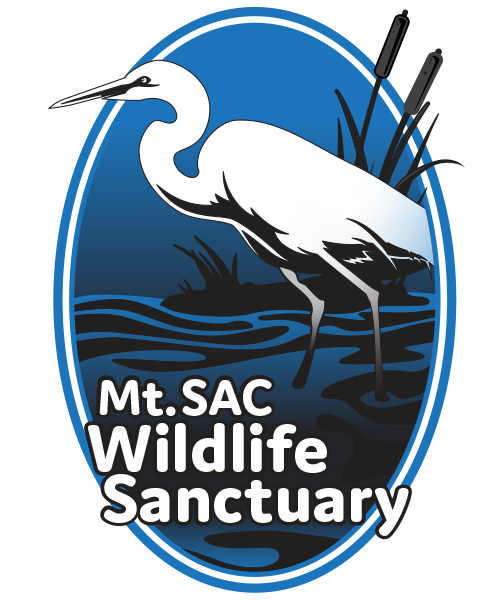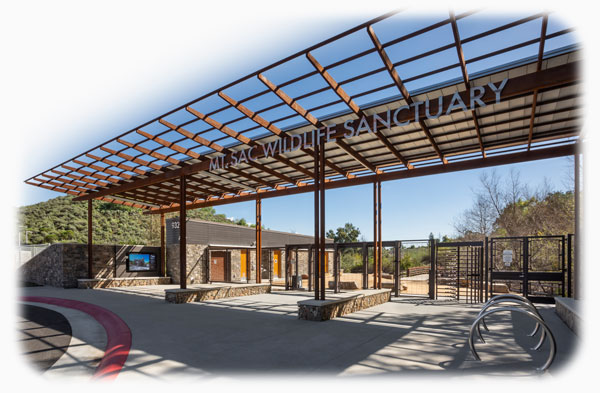Wildlife Sanctuary
 The Wildlife Sanctuary is a 26-acre outdoor classroom and preserve containing diverse
ecosystems that are home to local plants, and animal habitats inside the sanctuary,
including coastal sage scrub, chaparral, oak woodland, walnut woodland, grassland,
and three freshwater ponds. There is also a natural stream that flows year-round and
runs through the center of the sanctuary. These habitats contain some of the native
trees, shrubs, and flowers which once grew in abundance in the San Gabriel Valley
but have since declined due to human development.
The Wildlife Sanctuary is a 26-acre outdoor classroom and preserve containing diverse
ecosystems that are home to local plants, and animal habitats inside the sanctuary,
including coastal sage scrub, chaparral, oak woodland, walnut woodland, grassland,
and three freshwater ponds. There is also a natural stream that flows year-round and
runs through the center of the sanctuary. These habitats contain some of the native
trees, shrubs, and flowers which once grew in abundance in the San Gabriel Valley
but have since declined due to human development.
The Wildlife Sanctuary also provides protection for the birds and other animals (see Biodiversity Catalog ). who use the sanctuary as a migratory refuge or breeding grounds, including the federally threatened coastal California gnatcatcher. The animal populations in the sanctuary are not held captive, and are free to enter or leave the sanctuary at anytime.
Visitors and students can observe local plants and animals in their native habitats and experience the ecology of the area.
The Wildlife Sanctuary is managed and maintained by the Biological Sciences Department and the Natural Sciences Division of Mt. San Antonio College.
Photography within this website provided by John Barkman, Ph.D., Tim Revell, Ph.D., Tyler Flisk.
Contact Information
View Campus Map
Biodiversity Catalog
Donate to the Wildlife Sanctuary
mtsac.wildlife








 Around the
Around the 